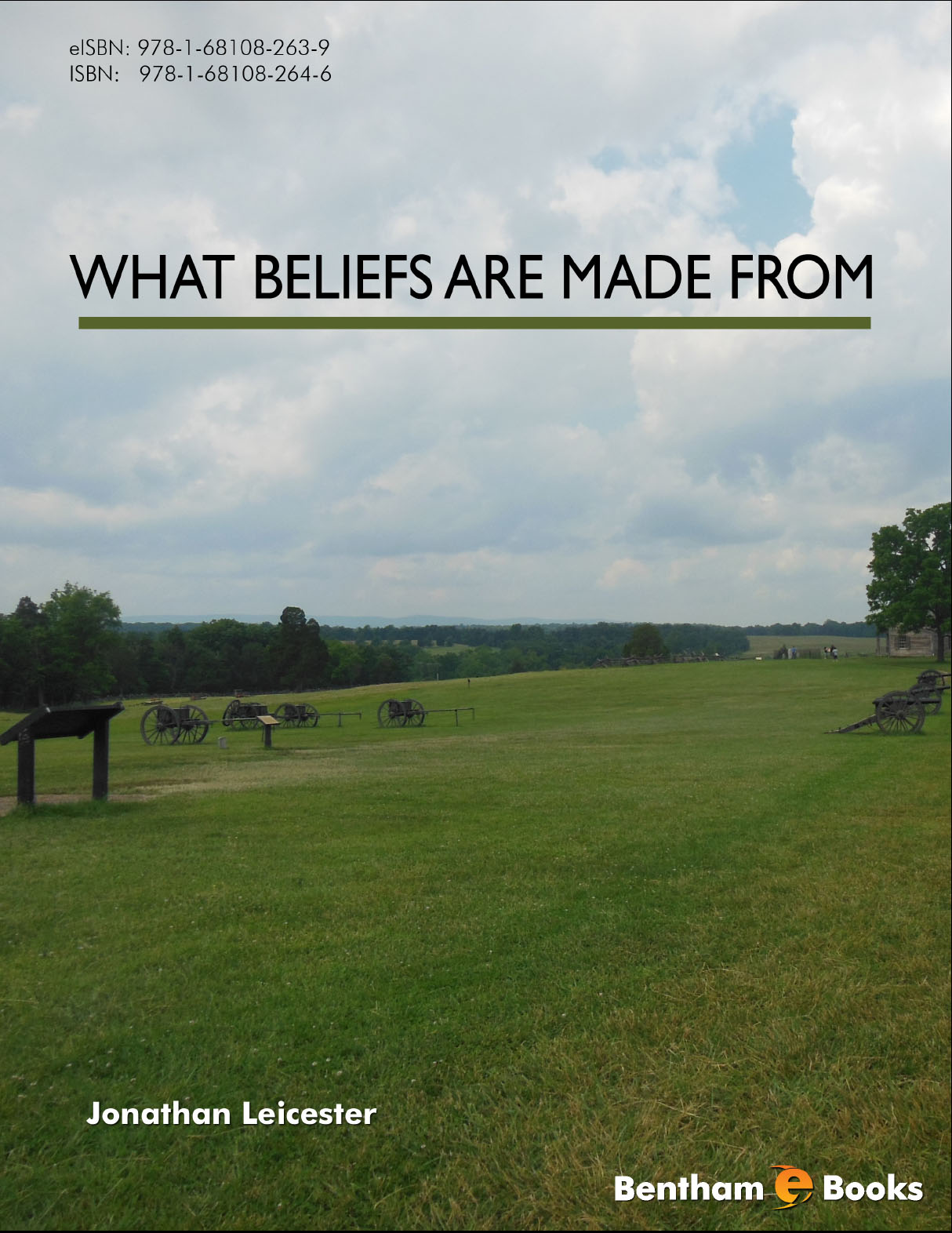Reviews
Review 1
At the interface of philosophy, psychology and neuropsychiatry, What Beliefs are Made From discusses a particularly human issue – the nature of belief. In this contemplative work, the author, Dr Jonathan Leicester, brings together his years of experience as a Consultant Neurologist and his personal, scholarly investigations on this topic to elucidate both “typical” and the unusual patterns of belief formation. The opening chapter on culture-bound psychoses and instances of epidemic hysteria (e.g., the belief in and persecution of witches) hooks the reader from the start. Soon thereafter, we are challenged to consider some possible modern day examples of these phenomena.
There are strong philosophical themes in the book as well as a consideration of evolutionary changes in belief exhibited by the behaviour of animals. For me, however, of specific interest was Dr Leicester’s exploration of how brain disorders such as epilepsy and stroke can alter how one “sees” the world and believes about it. In another section, I was intrigued by his examination of the ways in which psychiatric disorders such as obsessive-compulsive disorder, depression and schizophrenia are linked to beliefs.
Dr Leicester invites us to consider why and how we all form beliefs and then use them to guide our knowledge and behaviour. The importance of understanding these issues becomes clear as he points out how belief can be manipulated and can give rise to otherwise difficult-to-understand behaviour both in individuals and in communities with shared belief structures.
Laurie Miller, PhD
Clinical Associate Professor in Sydney Medical School, University of Sydney
Clinical Neuropsychologist, Neuropsychology Unit, Royal Prince Alfred Hospital
Review 2
What Beliefs Are Made From, by Jonathan Leicester, is well written. Its points are clearly and simply put, and its has many instructive examples of how our minds work. Leicester discusses 4 theories of belief, 2 in detail. Hume says beliefs are feelings, not acts of the intellect; Locke says they are acts of the intellect, wherein we assent to propositions based on proofs rendering them more probable than not. Leicester objects that Locke over-intellectualizes beliefs. Countless beliefs are raw (having no proofs at all), or they have defective proofs, or they have proofs long since forgotten. All belief involves feeling, so let us use it to define belief. True enough, doing so fits well with Hume’s doctrine that our so-called knowledge of the external world is but a raw faith we share with other animals, but Hume’s definition disregards the fact that beliefs have truth values, feelings do not. Locke’s definition is one, not of belief, but of reasonable belief; he need not deny that many beliefs are unreasonable.
Leicester develops a dualistic philosophy of mind. The external world of bodies and the internal world of minds interact: certain mental events cause physical events (I feel embarrassed, my cheeks flush); certain physical events cause mental events (I stub my toe, I feel pain). Although sympathetic to Descartes — a rare thing these days! — good for him! — Leicester is less sure of minds as immaterial substances than of bodies as material ones, so he writes, “the philosopher David Chalmers is a… property dualist, as I probably am”. Property dualism “accepts that mind is immaterial, and regards mind as a… property of the brain”. As thoughts, mental events are unique: they are about things other than themselves (this is called their intentionality). So if the brain, which is an electrical circuit that is not about anything, produces mental events, it’s a mystery how it does it. Property dualism, then, isn’t problem-free, but its problems are fewer and smaller than those faced by materialistic monisms.
All in all, What Beliefs are Made From earns its place in the libraries of everyone interested in our minds and their place in nature.
John A. Bailey, Assoc. Prof., Emeritus
Faculty of Arts - Philosophy, University of Manitoba
Canada
February 8, 2018

